As far as the electrician’s toolkit is concerned, Tie Wire stands out due to its versatility. Not only can it be utilized to properly secure electrical conduit, stabilize electrical boxes, and organize cables, but it is also integral for those who are required to work on overhead power lines. In short, Tie Wire is an essential piece of equipment for any electrician.
Thin steel strands, protected with a layer of zinc to stave off the unstoppable onslaught of rust, are gathered together in 100-foot increments to form the popular and practical Tie Wire.
To obtain a secure hold, start by snipping off a piece of Tie Wire to the required size with a wire cutter. Make a loop around the material you need to fasten, then wrap and twist the opposite side of the wire around the first loop to fasten it into place.
To effectively keep electrical conduit in place, Tie Wire can be wrapped around it multiple times and firmly twisted to guarantee a stable hold so that it does not shake or come undone.
To ensure an electrical box remains stable, it is important to firmly tighten the Tie Wire around it and secure it in several turns. That way, vibrations and looseness are avoided.
To ensure safe and secure electrical wiring, Tie Wire should be utilized in such a way that the wires remain firmly anchored and their ends are securely bound. This precaution helps prevent the wires from becoming unstable and provides the opportunity to partition them into precise segments.
Always an important asset for an electrician, Tie Wire is a go-to utility that facilitates a multitude of tasks. Its malleability allows it to be employed for restraining electrical conduits, firmly and securely mounting electrical boxes, and tidying up cables for neatness and organization.
Related Product
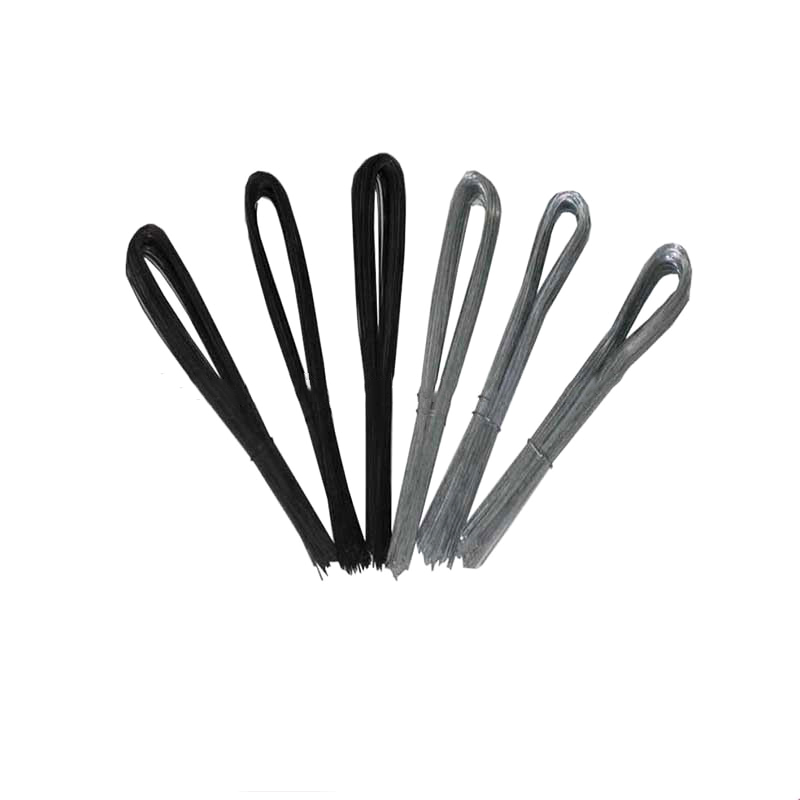
U Type Wire
Product information: Product Name Scaffolding Packing Galvanized Tie Wire Cuttings U Type Binding Wire Material Electro galvanized,hot dipped galvanized,black annealed,PVC coated W […]
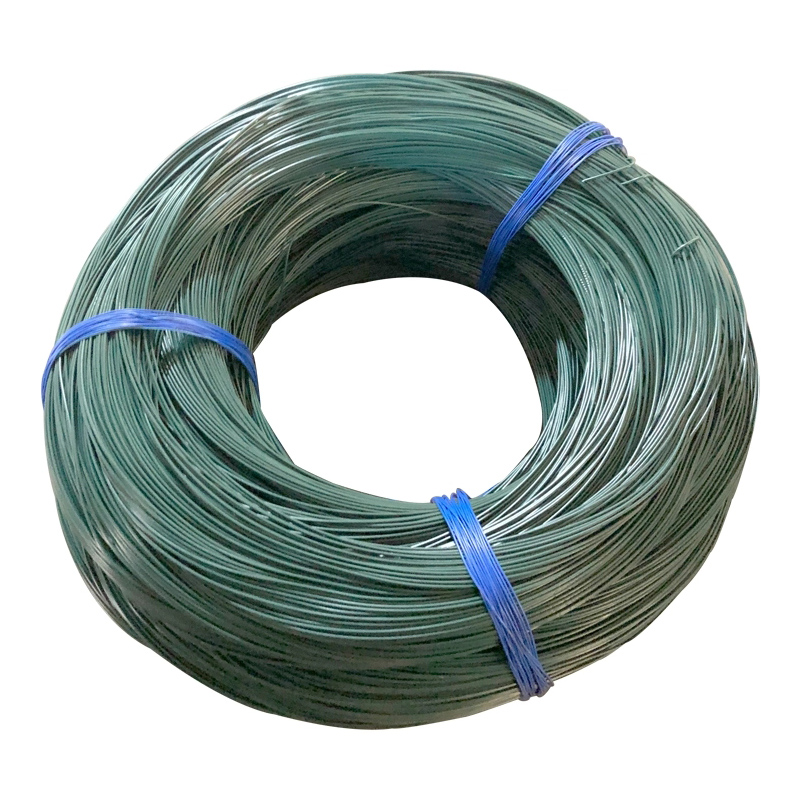
PVC Coated Wire
PVC coated wire, also called plastic coated wire, after high temperature dissolution cooled solid PVC particles uniformly wrapped in high-quality black iron wire and galvanized wi […]
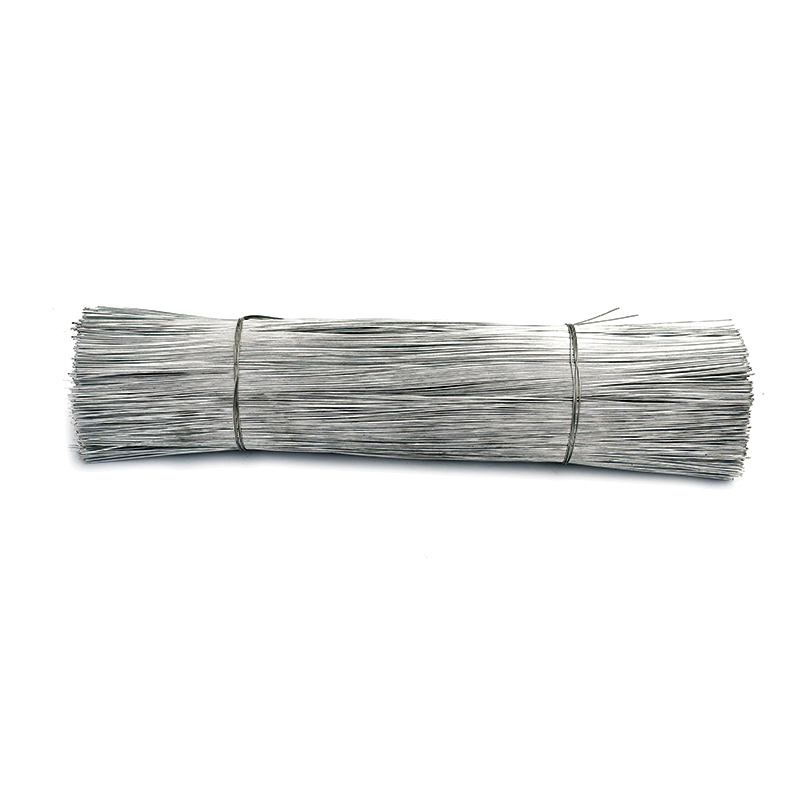
Cutting Wire
Product Description: Product Name Cutting Wire Zinc Coating 30-70g Place of Origin Chinese mainland Tensile Strength 33-50kg/mm2 Material Electro galvanizedHot dipped galvan […]

Black Annealed Wire
Product Description: Product name Black Annealed Wire MOQ: No Material Q195,Q235 Delivery time: 20days after payment Surface annealed or as your request Payment terms: T/T,L/C We […]

Twister Tool
Handle Twister tool,plastic handle: Weight: 0.4kg Color: Black, blue,yellow ,red etc Material: Carbon Steel Plastic Handle Wire Tie / Tying Hook Tool Twister Wooden Handle […]
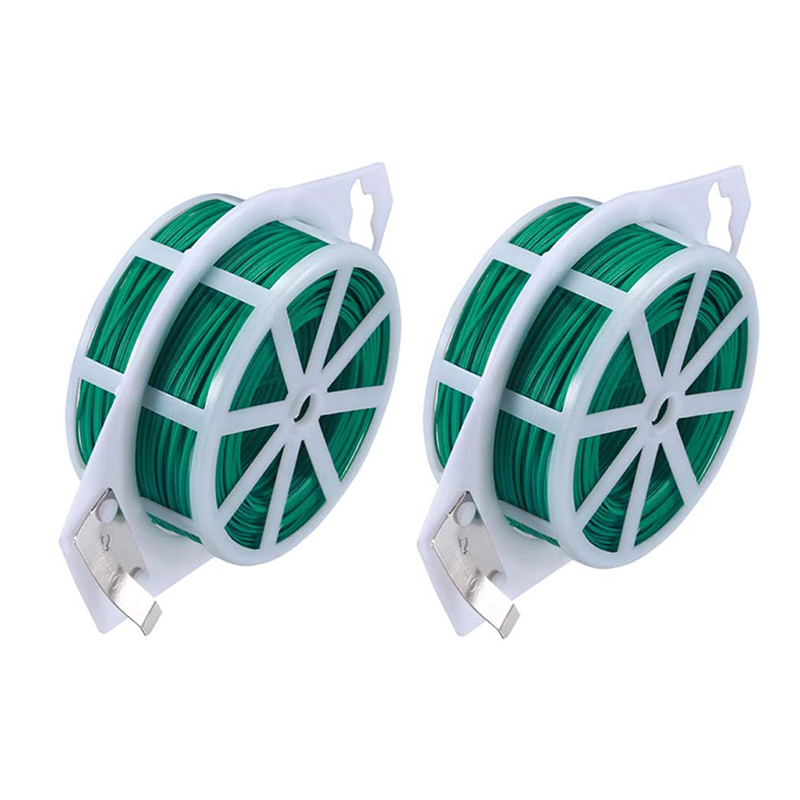
Garden Wire
Product information: The garden shingling is made of pvc plastic and high-quality galvanized iron wire, which is 3 to 4 times faster than any material, and the buckle is loose, the […]
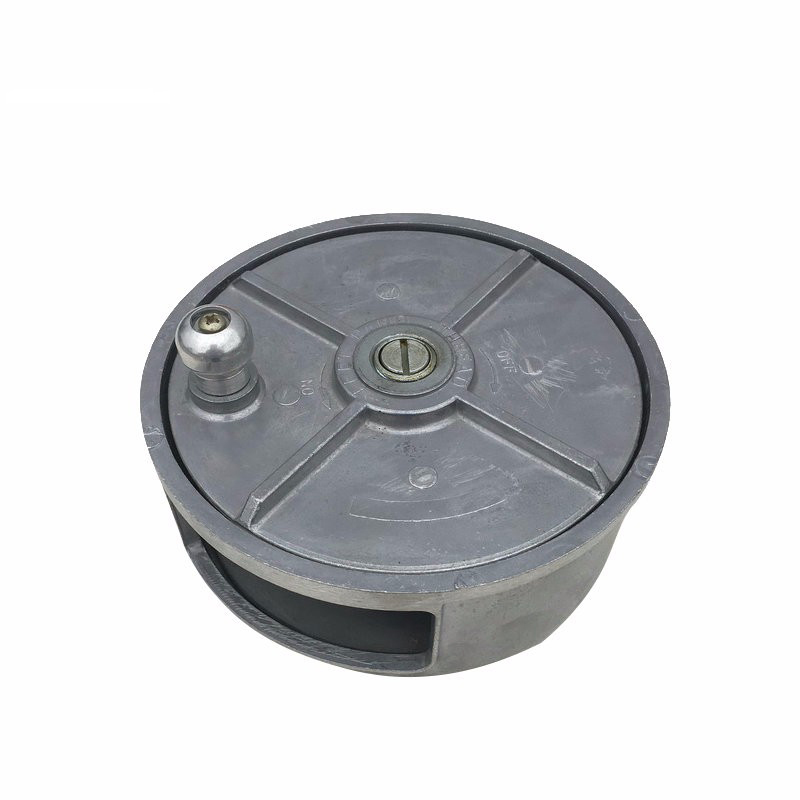
Reel Wire Tool
Product information: Specification of Aluminum Tie Wire Reel Material Plastic & Aluminum Weight 1.95LBS Application Binding Wire MOQ 1000pcs Sample Free Package 5PCS/CARTON &nb […]
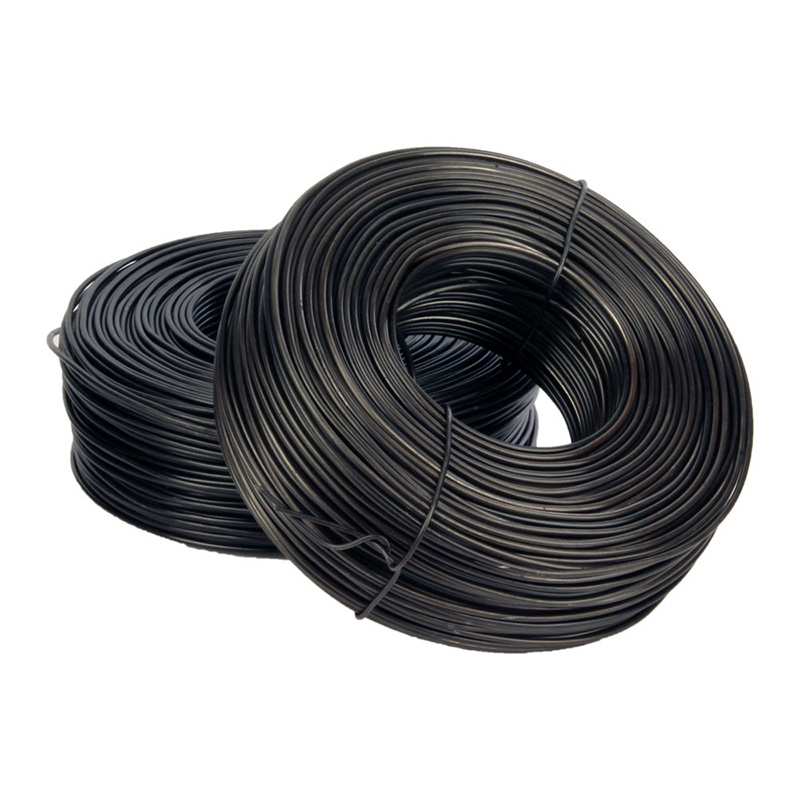
Tie Wire
Production Process of rebar tie wire : Steel rod coil — Wire Drawing — Wire Annealing–Rust Removing–Acid Washing– Boiling– Drying– Zinc Feeding– Wire Coiling. Wires Type 1.Galvaniz […]
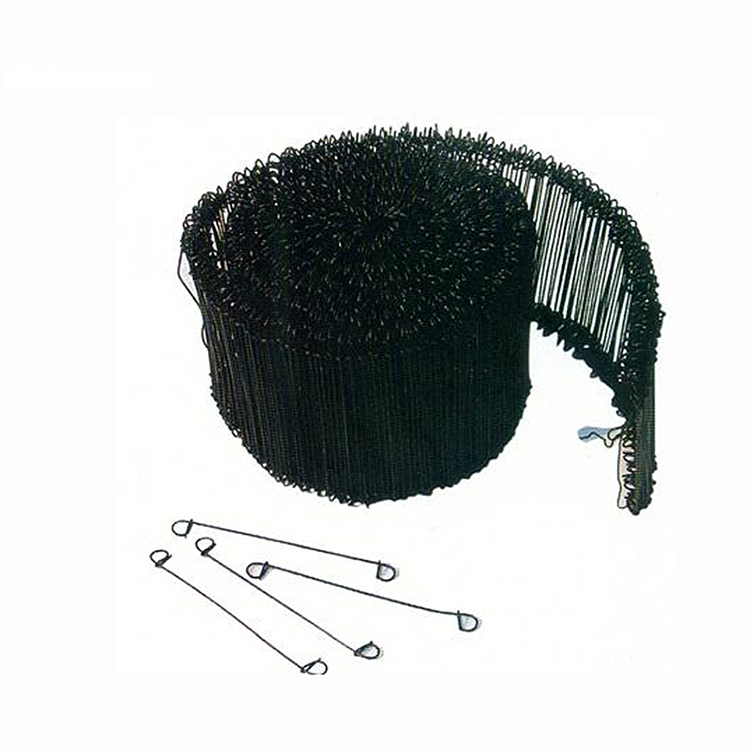
Double Loop Tie Wire
Double loop tie wire material Product Information: Wire diam. 0.5mm—2.0mm Finishes Black Annealed. Galvanized Annealed, Coppered, PVC coated, Stainless steel Wire gauge BWG6 […]
Post time: 2023-06-22
